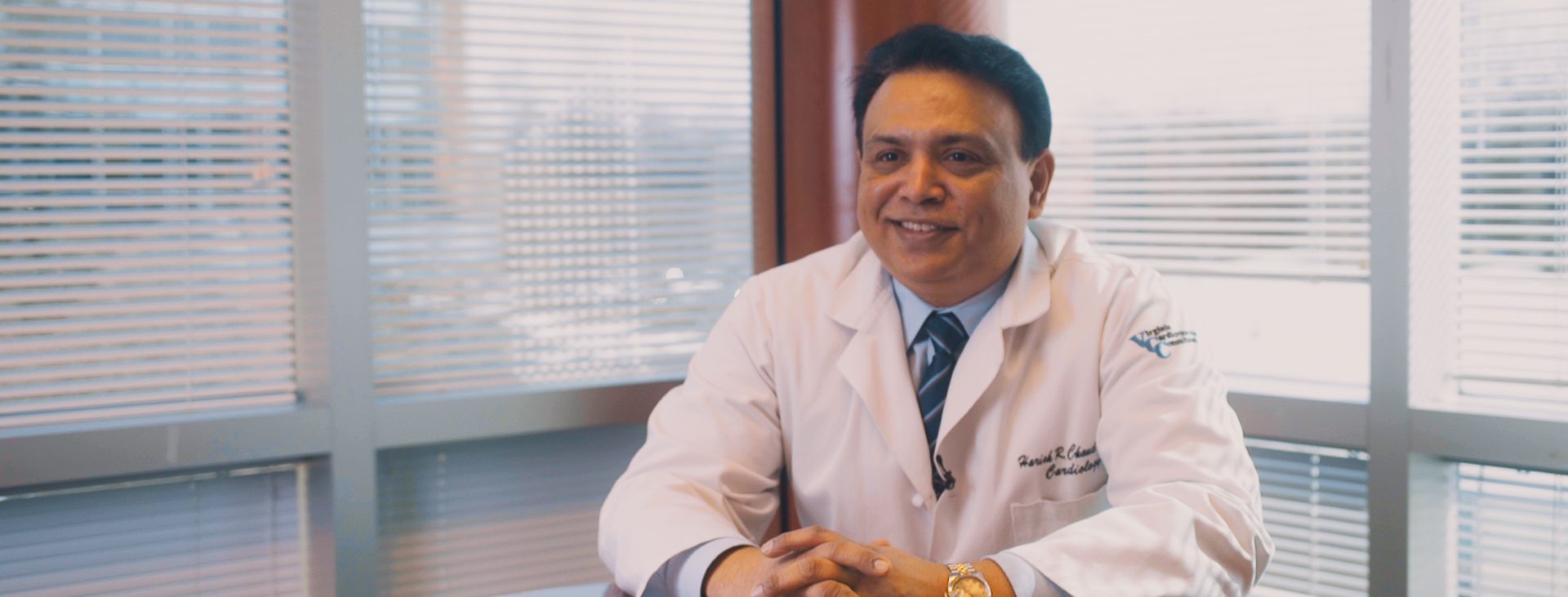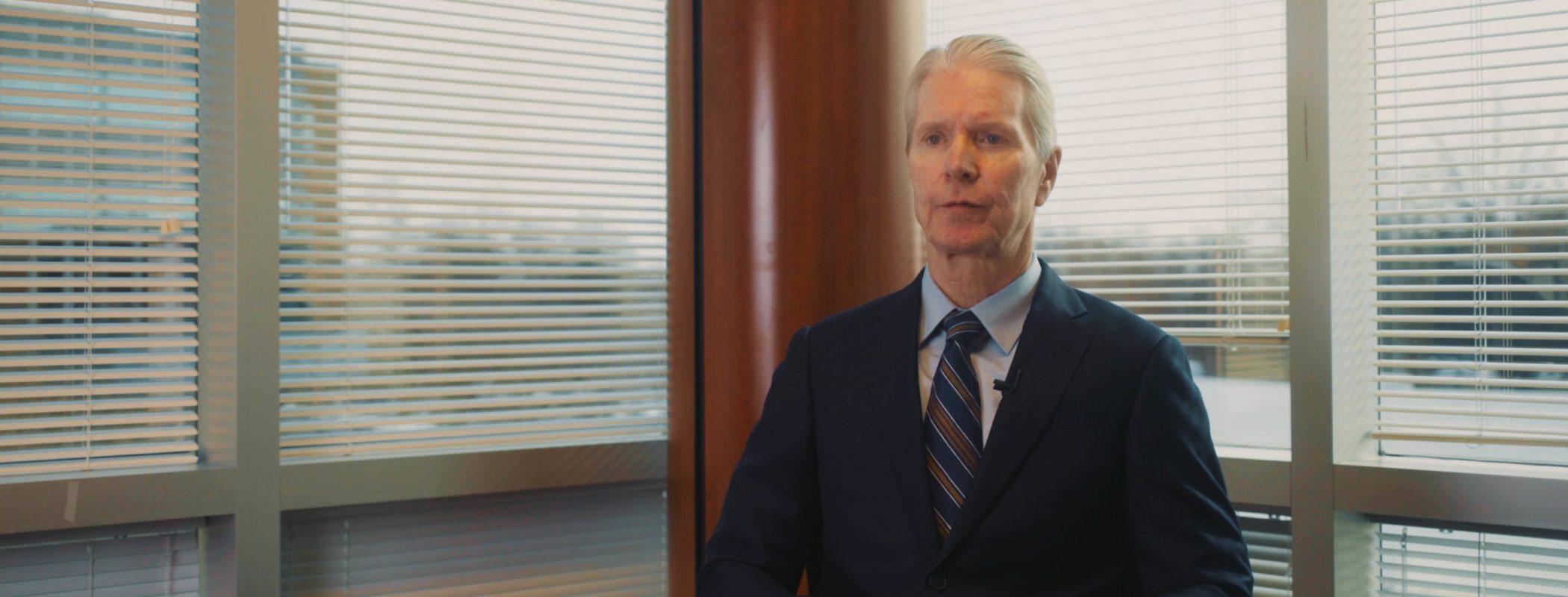A stress echocardiogram consists of a complete
echocardiogram together with a treadmill test. The echocardiogram is used to compare the pumping function of your heart before and immediately after exercise. The test takes approximately one hour in the following order:
Complete echocardiogram
Treadmill portion to raise your heart rate
Brief echocardiogram at a high heart rate
For the treadmill part of the test you will be hooked up to a 12 lead EKG, a blood pressure cuff and an oxygen monitor. In order for the EKG electrodes to sense the tiny voltages from your heart’s conduction system, it is necessary to obtain excellent contact between the electrodes and your skin. For this reason, the technician will lightly scrub the skin surface under each electrode; many patients will have their chest shaved in certain places before hand.
Once the EKG technician has obtained baseline recordings, the cardiac sonographer will perform the resting echocardiogram.
The actual exercise portion of the stress test initially consists of a slow walk up a 10% grade on the treadmill. Following a standard protocol, the incline and speed will increase every three minutes. Most patients are able to tolerate 6-12 minutes, however the end point is highly individualized and will depend on your response to exercise.
At your peak heart rate, the treadmill will be stopped and you will be asked to quickly lie down for the second set of echocardiogram pictures. This portion takes approximately one minute.
Procedure Preparation
Preparation for the stress echocardiogram is as follows:
Wear comfortable walking or running shoes.
Do not eat, drink or smoke for two hours immediately prior to your appointment
Do not wear oils or body lotion. You may wear deodorant.
Unless your doctor has instructed otherwise, do not take any heart or blood pressure pillsin the beta blocker family for 24 hours prior to your appointment.

